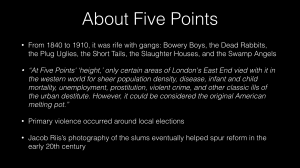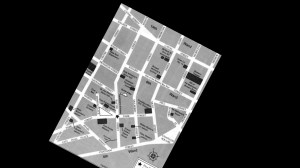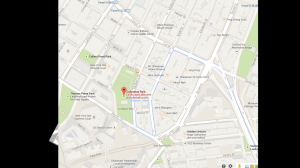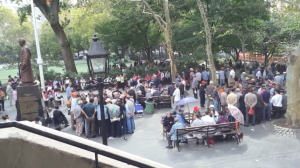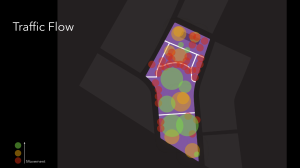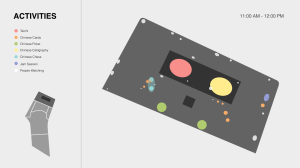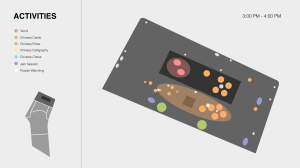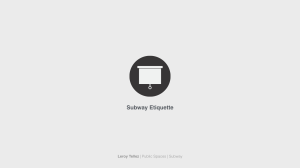Here is a link to our presentation on Dropbox.
Author Archives: Leroy Tellez
Levis Stadium Presentation Team: Aastha, Michie, Leroy, Sam C.
Filed under 49ers Final Presentation, Uncategorized
3rd Place: Columbus Park (5 Points)
Filed under Third Place Maps
Subway Etiquette
The New York City subway system is always an adventure, and that’s mainly because you never know who or what you will encounter on your ride. However, those encounters haven’t always lead to any positive feelings. In my opinion how you act on the subway is a reflection of the type of person you are, and I have seen way too many reflections of just how disgusting and annoying people truly can be. So since I can’t force people to adopt more considerate values, I can create a way for those of us that practice positive subway etiquette to not have to see it.
Filed under Quick Indie Project
Leroy on “Third Places”
After reading “Our Vanishing Third Places” by Ray Oldenburg, I couldn’t help but reflect on my life here in New York City, and the small, but adequate space I have carved out for myself (physically and metaphorically). I’ve lived in this city for over six years, and in those six years, I’ve lived in four different apartments in three different neighborhoods around Manhattan. The apartment buildings I have and currently live in have all been pre-war buildings which means stairs, and no elevators. In those six years of walking up and down stairs to get to and from my apartment, I have walked past so many people doing the same as me, coming and going. Common sense would refer to these people as “neighbors”, but in reality I couldn’t tell you one neighborly thing about them; not their name, how long they have lived in the building, and if I was asked, to even describe their faces.
I think about this and Oldenburg’s thesis that our “homes have been designed to protect people from community rather than connect them to it”, and he’s absolutely correct. During Hurricane Sandy, my building, and the entire Lower East Side, like the rest of Downtown Manhattan had no power for over a week. It was an experience I’ll never forget; having to live by candlelight, sleep in our winter clothes because we had no heat, and trek uptown to use the bathroom, and charge our mobile devices to stay connected to the world.
During that ordeal, which was more annoying than anything else, especially compared to the damage the storm had done to other surrounding areas, not once did a neighbor come knocking on our door to check if we were ok, or if we needed anything. Moreover, neither did my roommate or myself leave our little cave to knock on the doors of our neighbors’ to see if they were ok as well. For many in our building, the initial reaction was to leave the neighborhood, and flee to a more comfortable place to weather the storm. It’s like a natural survival instinct kicked in, and the notion of “save yourself” hit everyone like a ton of bricks. Over the span of that week, we would hear reports of apartments being robbed, women being easily assaulted at night because there were no street lights, and neighbors from areas in New Jersey who were stealing from each other.
Living in a big city like New York it’s very easy to lose sight of things like the true meaning of community, neighbor, and civic responsibility It’s a city where its inhabitants are labeled assholes, and how being tough is a prerequisite in order to survive here or else you’ll get eaten alive. We walk down streets, and ride subways avoiding eye contact because you can never be too sure about the people around you. We push, and shove to deal with the morning commute, and we walk quickly in and out of foot traffic to get where we’re going. We’re aggressive drivers in need of our hands to be surgically removed from the car’s horn, and we’re careless pedestrians who cross streets even in oncoming traffic. So not only have we designed our homes to prevent us from connecting to people, we’ve in essence designed our city to be that way as well.
Filed under Readings, Third Places, Uncategorized

